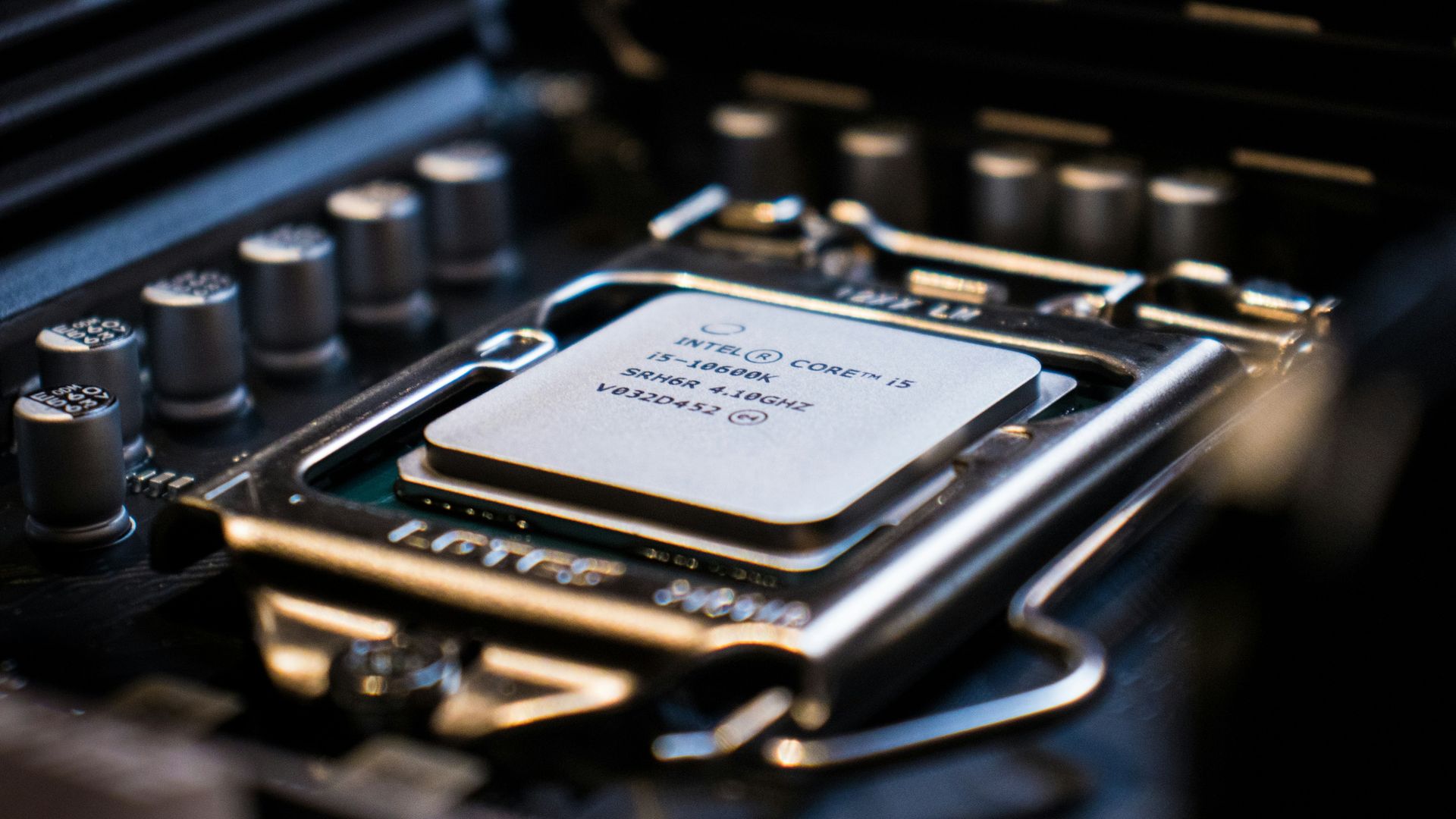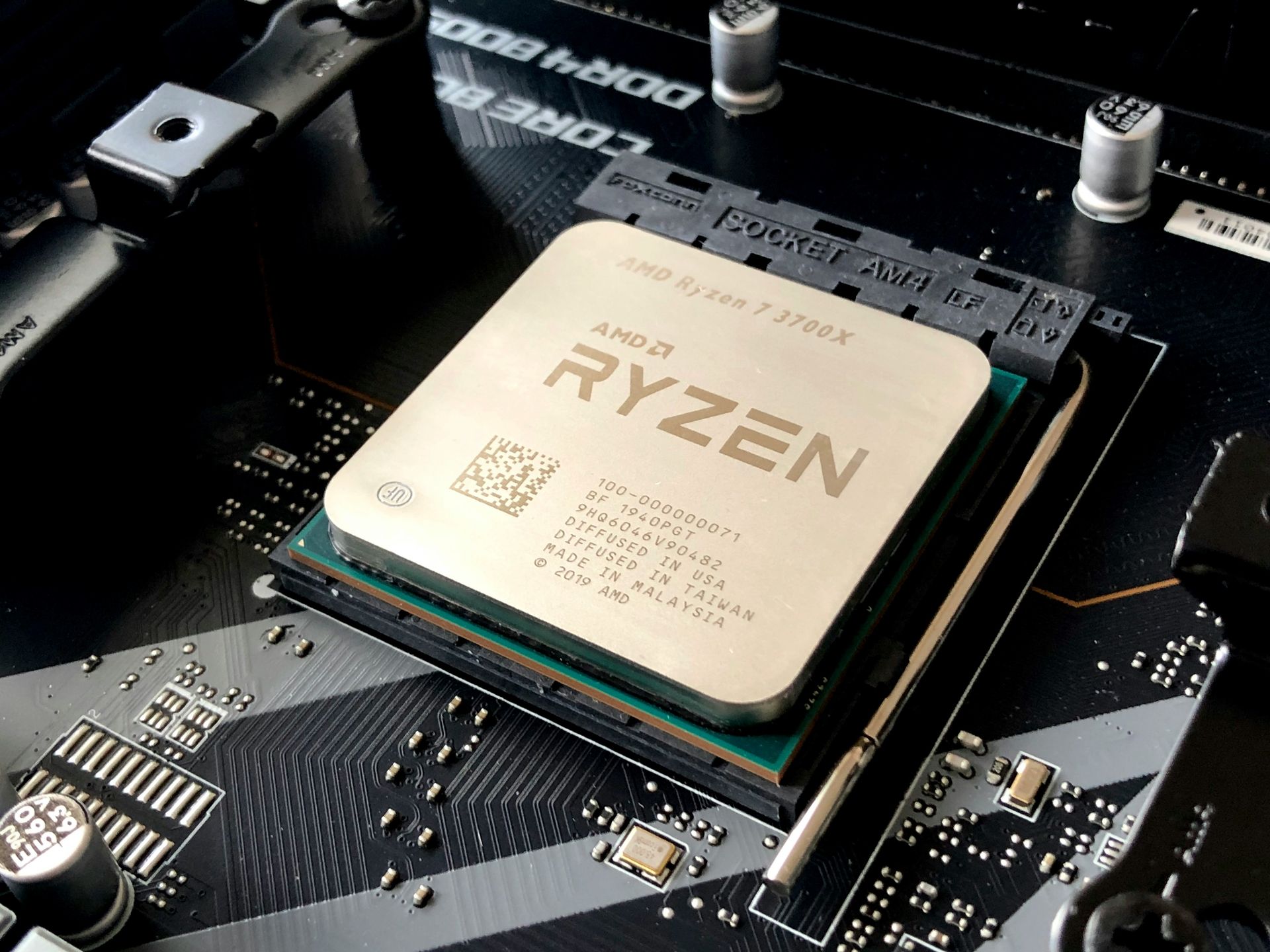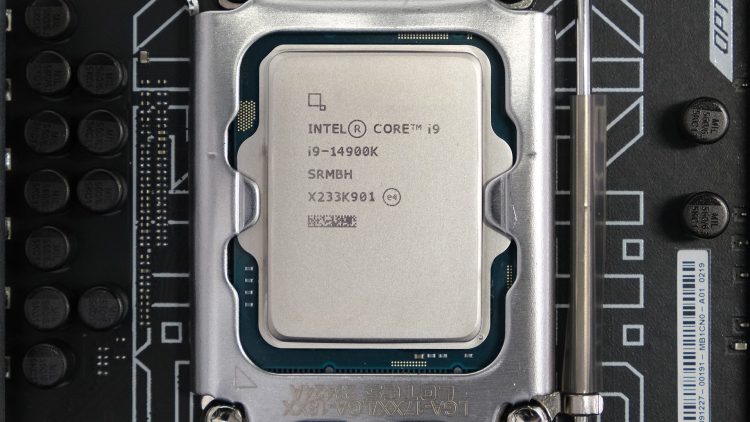Some rumors are swirling about Intel layoffs 2024 and Intel CPU issues that, while unconfirmed, have a lot of resonance. According to rumors, the company will announce its second-quarter earnings on Thursday and share plans to lay off thousands of workers from its 110,000-strong staff. Intel began laying off workers in October 2022 and hasn’t stopped since, only cutting 5% of its total staff in 2023.
Update: Intel is laying off more than 15,000 employees as part of a $10 billion cost-saving plan for 2025. The number of layoffs could be as high as 19,000. Intel will cut R&D and marketing spending by billions of dollars each year through 2026, reduce capital spending by more than 20% this year, restructure to “stop non-essential work” and review all active projects and equipment to make sure it is not spending too much. The company announced a loss of $1.6 billion for Q2 2024, far more than the $437 million it lost last quarter. Revenue for the second quarter was $12.8 billion, down just 1% year-over-year. Intel is not yet a major player in AI server chips like Nvidia (maybe not even a notable minor player like AMD), its relatively recent entry into graphics is not yet impressive, and it has had to significantly overhaul its flagship laptop chips to address the existential threat from Arm chips like Qualcomm and Apple. Like its rivals, the company now relies in part on TSMC, not just its foundries, to produce some of its most advanced chips.
Intel is currently dealing with two generations of potentially defective desktop CPU issues, but the company currently believes it can mitigate the problem with a software update and is not currently planning a recall. The company will complete most of the layoffs it announced today by the end of 2024, and spokesperson Penelope Bruce confirmed that these are new layoffs.
Intel layoffs 2024: A blow to the workforce
The Intel layoffs 2024 are characterized as waves of the decline of the swelling of the coronavirus process, which began in October 2022. The company started the year by reducing its workforce by 5% in 2023, and layoffs will continue, an anonymous source told Bloomberg. With Intel scheduled to report second-quarter earnings soon, anonymous sources suggest that thousands more of its 110,000-strong staff will be laid off.
Intel layoffs 2024 point to difficulties in this process. The layoffs are a symptom of deeper issues within the company, including stiff competition from AMD and a changing market that increasingly favors GPUs and AI processors over traditional CPUs.

Intel CPU issues: Customer complaints and crashes
While Intel layoffs 2024 are making headlines, another major issue is plaguing the company: Intel CPU issues. Customers with 13th and 14th-generation Intel CPUs have reported numerous problems, ranging from constant crashes to the dreaded blue screen of death, especially during heavy workloads like gaming. These issues led to a wave of complaints in the gaming communities, with users warning others to avoid Intel CPUs. So much so that the Intel CPU issues have led to the recommendation to buy the AMD Ryzen™ 9 7950X two generations earlier than the 13th and 14th generation processors.
The problem gained even more attention when NVIDIA pointed out Intel’s CPUs in the April patch notes for its GPU drivers. The developers of the popular game Warframe also emphasized that several crashes were caused by systems using 13th and 14th-generation Intel processors. Other developers confirmed these findings, painting a grim picture of the reliability of Intel’s new CPUs.
The voltage dilemma
Digging deeper into the Intel CPU issues, it becomes clear that the problem lies in how these CPUs handle voltage. Intel has finally admitted that a manufacturing issue affected some of its 13th and 14th-generation processors, causing them to mismanage voltage. This mismanagement can lead to permanent damage due to excessive heat and electricity, significantly reducing the lifespan and performance of the affected CPUs.
Intel announced that a microcode patch will be released in mid-August to fix the voltage issue. However, for many users, the damage may have already been done, as prolonged exposure to incorrect voltage levels can degrade the CPU. Despite this, Intel has not issued a recall or stopped selling the affected chips. Instead, they are offering a limited three-year warranty, but they have not extended or adjusted that warranty to account for common problems.

A challenging market for Intel
The Intel layoffs 2024 and the ongoing Intel CPU issues should help the company look at the big picture or things will only get worse. Once the dominant player in the CPU market, Intel is now struggling with stiff competition from AMD, which offers competitive prices and performance. AMD’s cautious approach to CPU issues, delaying shipments when problems arise, contrasts sharply with Intel’s handling of its recent problems.
The semiconductor industry is evolving rapidly, driven by growing demand for AI and GPUs. Intel has made moves into these markets, but its struggles with its core CPU products cast doubt on its ability to compete effectively in these new arenas. The company’s reputation has taken a hit and restoring trust among consumers and investors will certainly be a challenge.
Featured image credit: Intel





